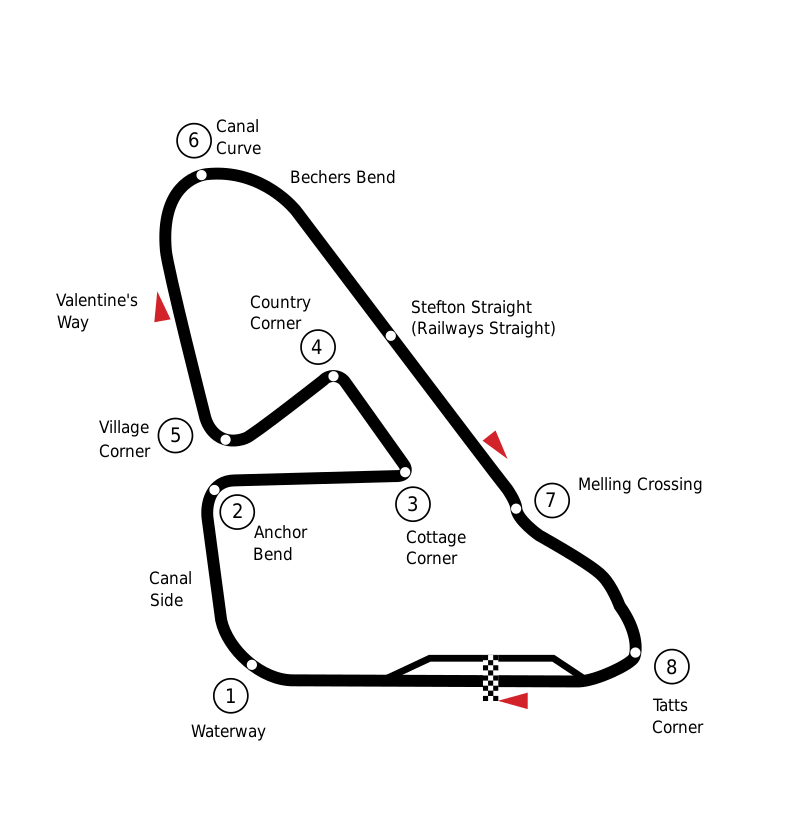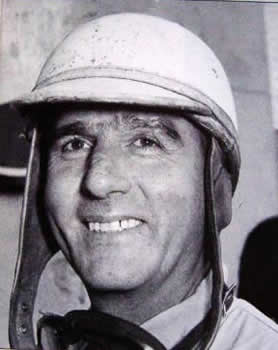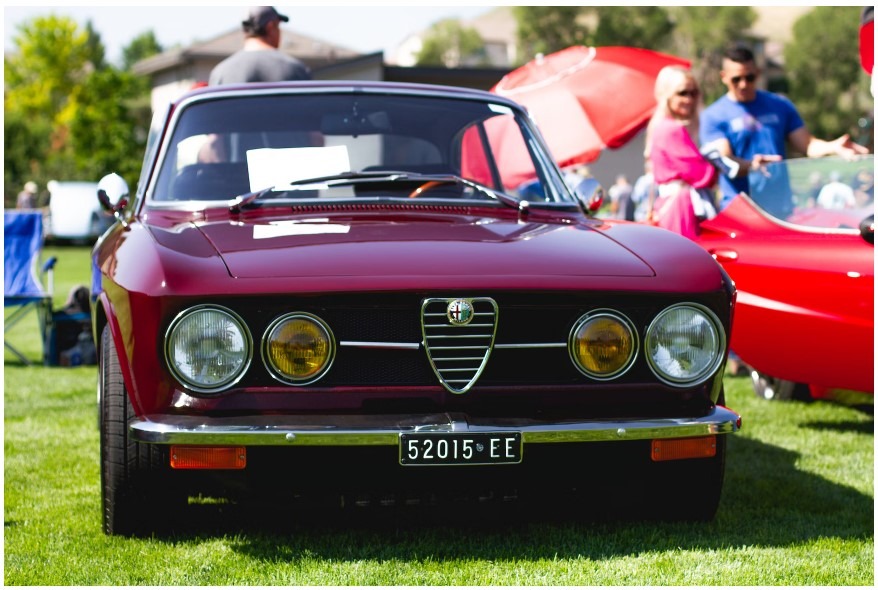Formula 1, the pinnacle of motorsport, has a rich and storied history that dates back over seven decades. The first race of what would become the Formula One World Championship is a captivating tale of speed, innovation, and the beginning of a global sporting phenomenon. This blog post delves into the fascinating history of the inaugural F1 race, a moment that forever changed the face of motor racing.
The Dawn of a New Era: The 1950 British Grand Prix
The journey begins on May 13, 1950, at the Silverstone Circuit in England. This airfield-turned-racetrack set the stage for the first ever Formula One World Championship race, the British Grand Prix. The event was not just a race; it was a grand celebration of post-war motor racing, attracting the crème de la crème of the racing world.
The Competitors and Cars: A Gathering of Legends
At the heart of this historic event were the drivers and their machines. The grid was a who’s who of racing legends, including Giuseppe Farina, Juan Manuel Fangio, and Luigi Fagioli. The cars, too, were mechanical marvels, with Alfa Romeo, Maserati, and ERA fielding their best designs. These vehicles were engineering masterpieces of their time, representing the cutting edge of technology and speed.
Giuseppe “Nino” Farina: An Italian racing driver and the first ever Formula One World Champion. Born in Turin, Italy, on October 30, 1906, Farina was known for his smooth driving style and for being a true pioneer in the world of motorsport. Farina’s career was marked by significant achievements, most notably his win at the 1950 British Grand Prix. This victory at Silverstone helped him secure the first-ever
Juan Manuel Fangio: Affectionately known as “El Maestro” (The Master), was an Argentine racing driver who is widely regarded as one of the greatest Formula One drivers of all time. Born on June 24, 1911, in Balcarce, Argentina, Fangio’s racing career spanned the 1940s and 1950s, a period often referred to as the golden era of Formula One. Fangio’s Formula One career was marked by extraordinary achievements. He won the World Drivers’ Championship five times (1951, 1954, 1955, 1956, and 1957), a record that stood for nearly five decades until it was broken by Michael Schumacher in 2003.
Luigi Fagioli: Born on June 9, 1898, in Osimo, Italy, was a prominent racing driver known for his achievements in the early years of Formula One and pre-World War II Grand Prix racing. Fagioli, often nicknamed “the Abruzzi robber,” was one of the oldest drivers in the early Formula One races, showcasing a career that spanned several decades. Fagioli’s racing career began in the 1920s and reached its peak in the 1930s and early 1950s. He was renowned for his aggressive driving style and fierce competitiveness. During the 1930s, he raced for Maserati and later for Auto Union, achieving significant success in various European Grand Prix events.
The Race: A Battle of Speed and Strategy
The race itself was a thrilling spectacle. Farina, driving for Alfa Romeo, took pole position and led most of the race. His mastery of the Silverstone circuit was evident as he battled against his teammates Fangio and Fagioli. The race was not just about speed; it was also a game of strategy, with tire and fuel management playing crucial roles.
The Aftermath: Setting the Stage for a Global Phenomenon
Farina’s victory at Silverstone was more than just a personal triumph; it marked the beginning of Formula 1 as we know it today. The success of the 1950 British Grand Prix paved the way for the sport’s evolution into a global spectacle, with technological innovation and driver skill at its core.
The Legacy of the First F1 Race
The inaugural Formula One race left an indelible mark on the world of motorsport. It set the standard for what was to become the most prestigious series in racing. The event showcased not only the drivers’ bravery and skill but also the remarkable advancements in automotive technology.
The early 1950s marked a transformative era in Formula 1, characterized by rapid technological advancements and innovations that laid the foundation for modern motorsports. The technology of Formula 1 cars during this period was a blend of pre-World War II designs and post-war advancements. Here are some key aspects of early 1950s Formula 1 car technology:
Engine and Powertrain
- Engine Placement and Design: Cars typically had front-mounted engines, in contrast to the mid-engine designs that would become standard in later years. The engines were primarily inline-4, inline-6, or V12 configurations, with manufacturers like Alfa Romeo, Ferrari, and Maserati leading in design.
- Power and Capacity: Engine capacities varied, with some up to 4.5 liters in naturally aspirated form. Supercharging, a popular pre-war technology, was phased out in favor of naturally aspirated engines due to new regulations.
- Power Output: The engines of this era produced between 200 and 300 horsepower, a significant increase compared to pre-war standards but modest by today’s Formula 1 standards.
Chassis and Body
- Materials and Construction: The cars were built with a tubular steel frame chassis. Aluminum was commonly used for the bodywork to reduce weight, although the overall weight of cars was still much higher than modern F1 cars.
- Aerodynamics: Aerodynamics was not yet a major focus in car design. The cars had very basic aerodynamic shapes, with open wheels and a narrow, cigar-shaped body.
Suspension and Brakes
- Suspension: The suspension systems were relatively primitive by modern standards. Cars typically used double wishbone suspension at the front and a live axle at the rear.
- Brakes: Drum brakes were standard on all four wheels. Disc brakes were introduced later in the decade and represented a significant advancement in performance.
Tires and Wheels
- Tires: The tires were narrow and tall, significantly different from the wide, low-profile tires seen in later years. They were made of harder compounds and provided less grip than modern racing tires.
Safety Features
- Safety: Safety technology was minimal. Cars lacked seat belts, roll bars, and the sophisticated crash structures that are mandatory today. Helmets and fire-resistant clothing were rudimentary.
Overall Characteristics
The early 1950s Formula 1 cars were characterized by their rawness and the emphasis on driver skill. They lacked the advanced electronics and driver aids that are commonplace in modern Formula 1. This era was marked by mechanical simplicity, where the focus was more on engine power and driver ability rather than aerodynamics and electronic assists.
The technology of these early cars played a crucial role in the evolution of Formula 1. It set the stage for the continual innovation and development that would transform Formula 1 into the high-tech sport it is today.
The Evolution of the Sport
Since that historic day, Formula 1 has undergone immense changes. Tracks, cars, and rules have evolved, but the spirit of competition and innovation that was ignited at Silverstone in 1950 remains the driving force of the sport.
Celebrating the Heroes
As we reflect on the history of Formula 1, it’s essential to celebrate the heroes of that first race. Their courage and talent laid the foundation for generations of racers and enthusiasts. They were not just drivers; they were pioneers who shaped the future of motorsport.
Conclusion: A Race That Changed Everything
The first Formula One race was more than a sporting event; it was a landmark moment in automotive history. It brought together the best in the world, setting a precedent for excellence and competition. As we look back, we are reminded of the humble beginnings of a sport that has captured the hearts of millions worldwide. The 1950 British Grand Prix was not just the start of a race; it was the beginning of a legacy.



